Traveling with pets can sometimes be challenging, but for us, it’s always worth it. This past December, my husband, our miniature pinscher Sophie, and I embarked on a beautiful road trip exploring the historical gems of Junnar, the natural beauty of Jawhar, and the spiritual serenity of Nashik. Here’s a glimpse into our pet-friendly adventure!
| Before Lunch | After Lunch | |
| Day 0: Pune to Junnar | Arrival in Junnar | |
| Day 1: Junnar | Shivneri Fort, Habashi mahal | Unknown Tombs, |
| Day 2: Jawhar | Journey from Junnar to Jawhar | a relaxed evening in Jawhar |
| Day 3: Jawhar | Shirpamal, Jai Vilas palace | Khadkhad Dam, Sunset point |
| Day 4: Nashik | Journey to Trimbakeshwar, Temples in Anjaneri | Temples at Panchavati ghat |
| Day 5: Nashik | Pandav Leni Trek | Visited a friend. |
| Day 6: Sinnar | Gondeshwar & Aishwareshwar temples in Sinnar | Journey from Sinnar to Pune |
Day 0: Arrival in Junnar
We started our journey from Pune on the evening of 22nd December. After a smooth drive, we arrived in Junnar and checked into the Mayurangan Resort, a perfect spot for us and Sophie to unwind. After dinner at their in-house restaurant, we got a good night’s sleep, ready to explore Junnar the next day.
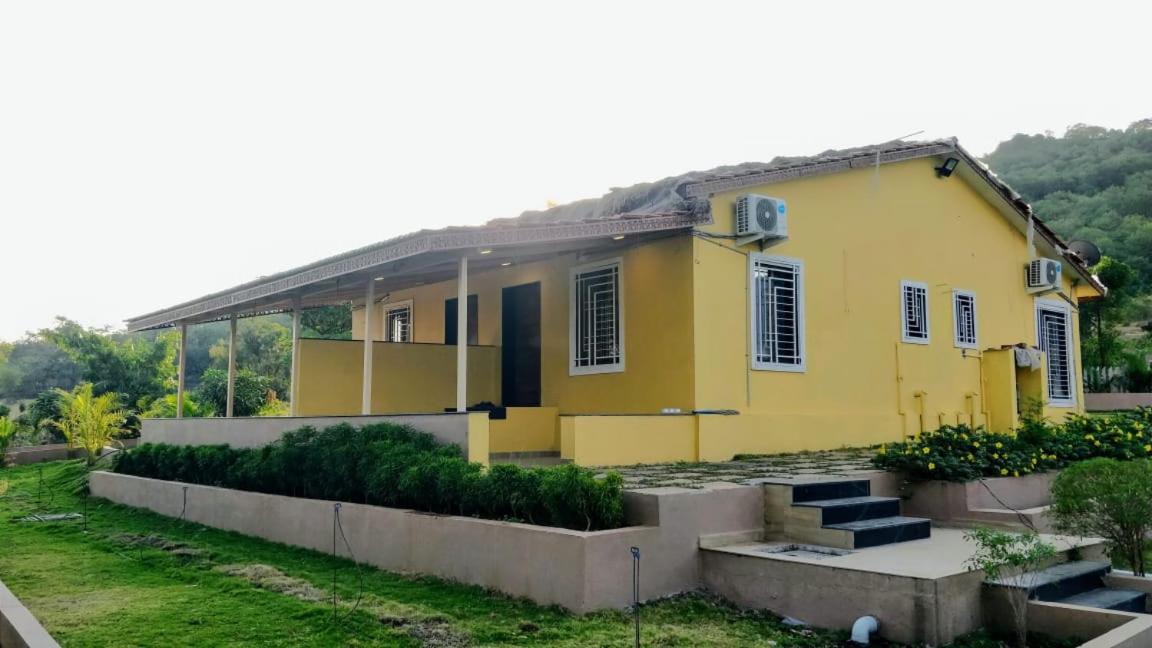
Day 1: Exploring Shivneri Fort and Ancient Wonders
The next morning, we rose early to explore the famous Shivneri Fort, a short drive from the hotel. Shivneri, the birthplace of the great Maratha king Shivaji, was as majestic as we imagined. Sophie, always excited for walks, enjoyed the trek up the fort, sniffing around ancient stones while we took in the fort’s history and panoramic views. We recommend packing some snacks for your pets here, as it’s a long climb.
The Fort parking was just a 5-6 mins drive from our hotel. There are some local fruit sellers near the parking.
The Maha Gate functioned as the primary line of defense against potential invaders. Flanking the gate are bastions that offer elevated vantage points, enabling defenders to launch projectiles at approaching enemies.
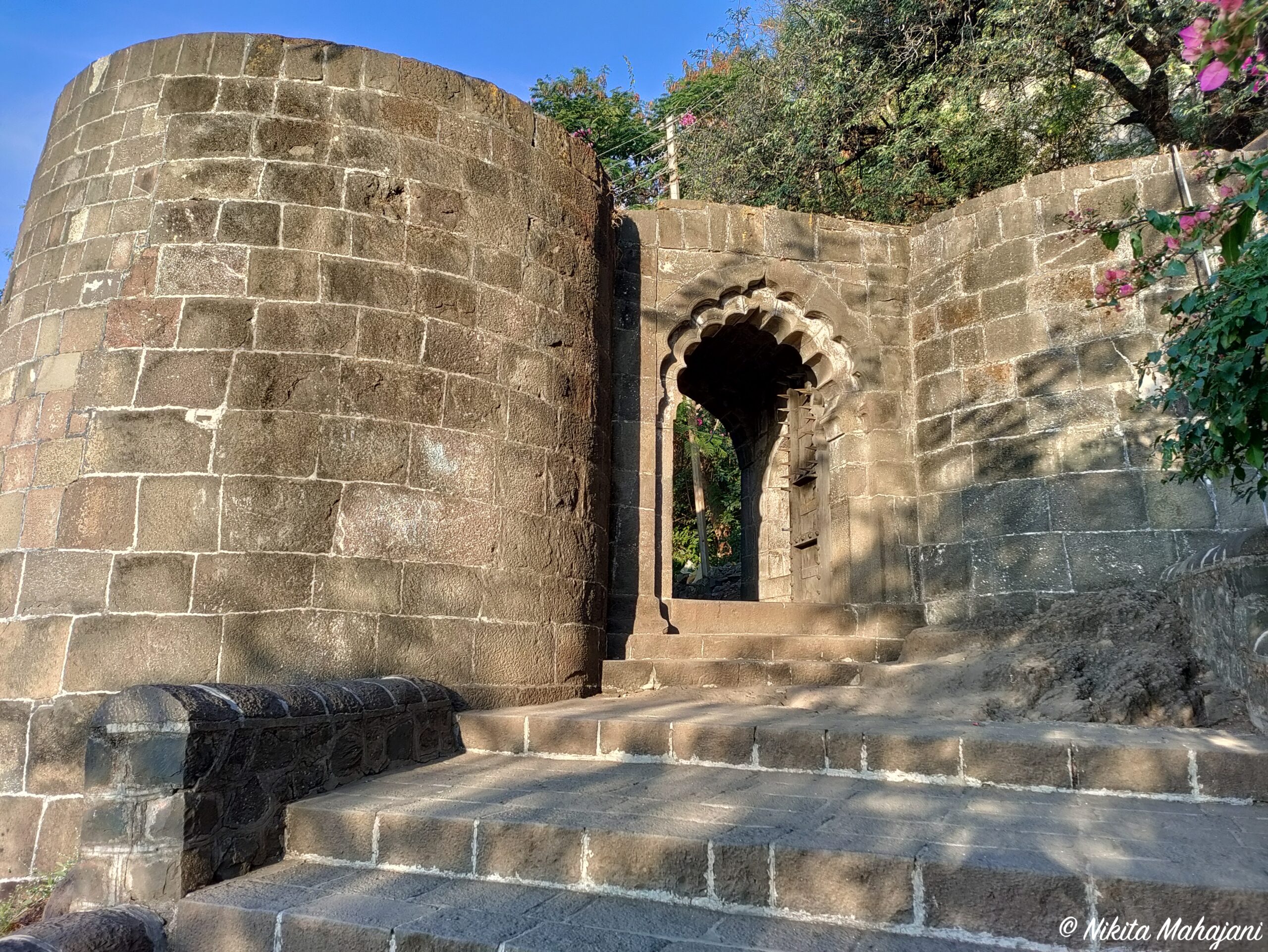
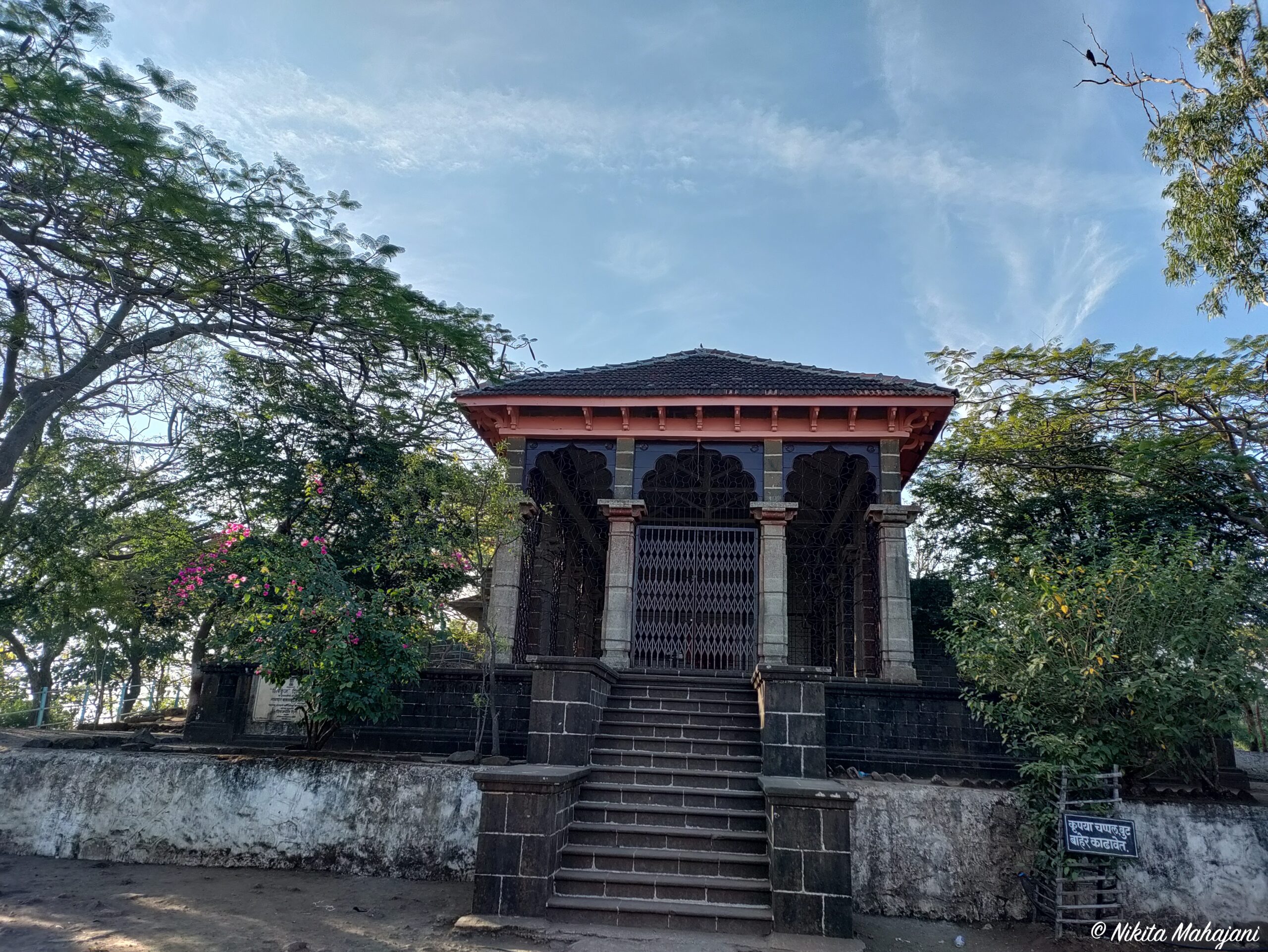
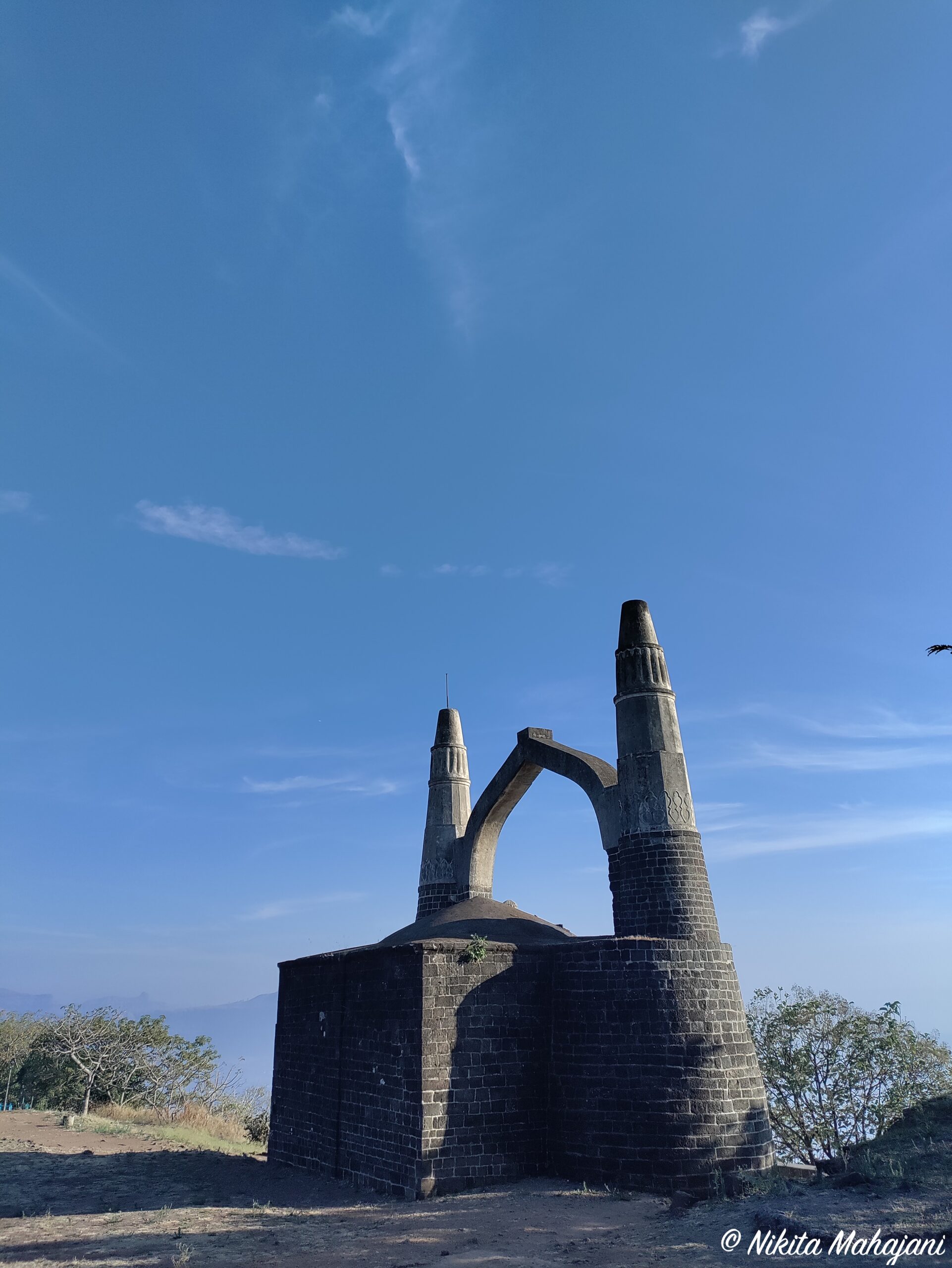
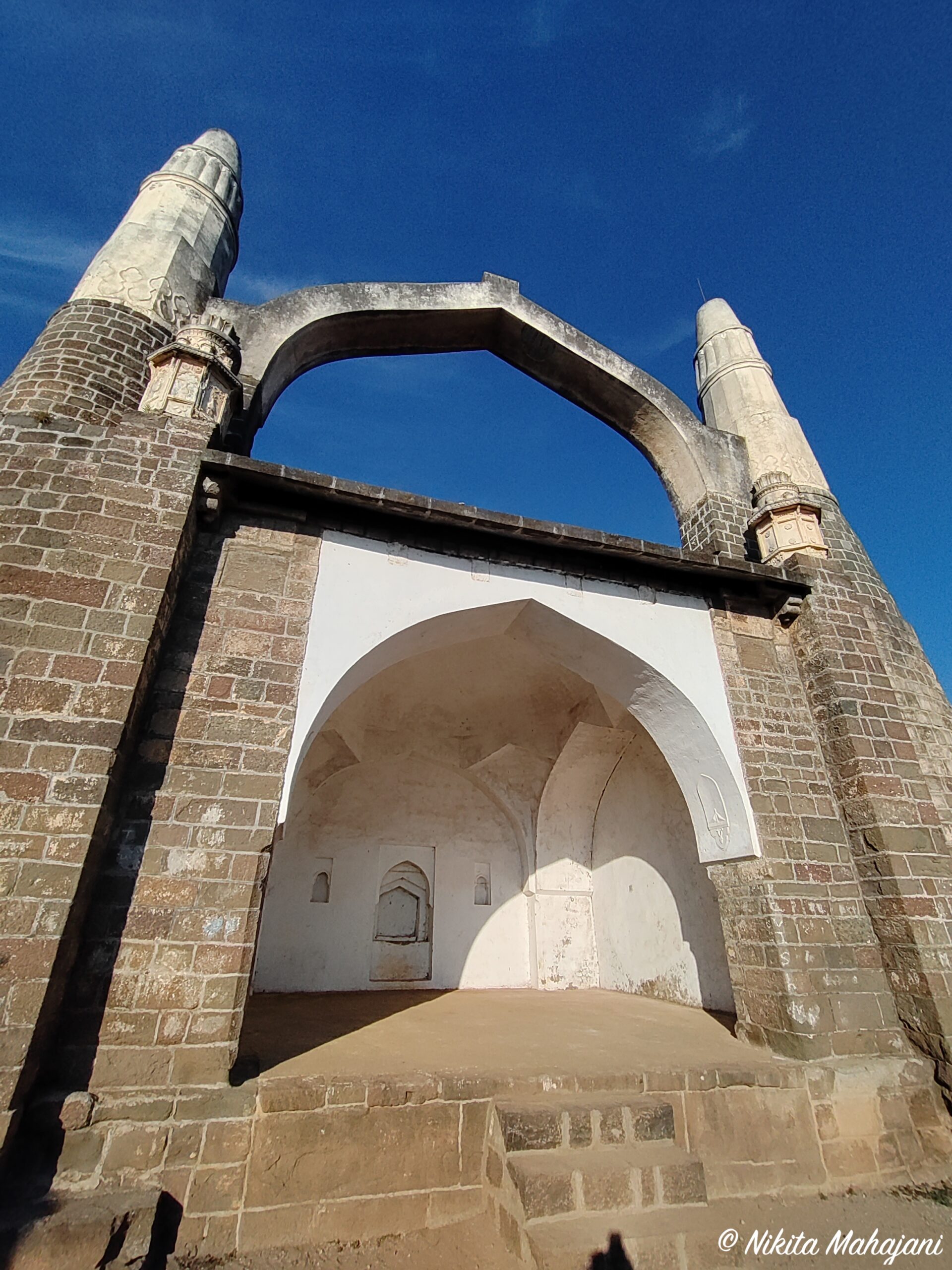
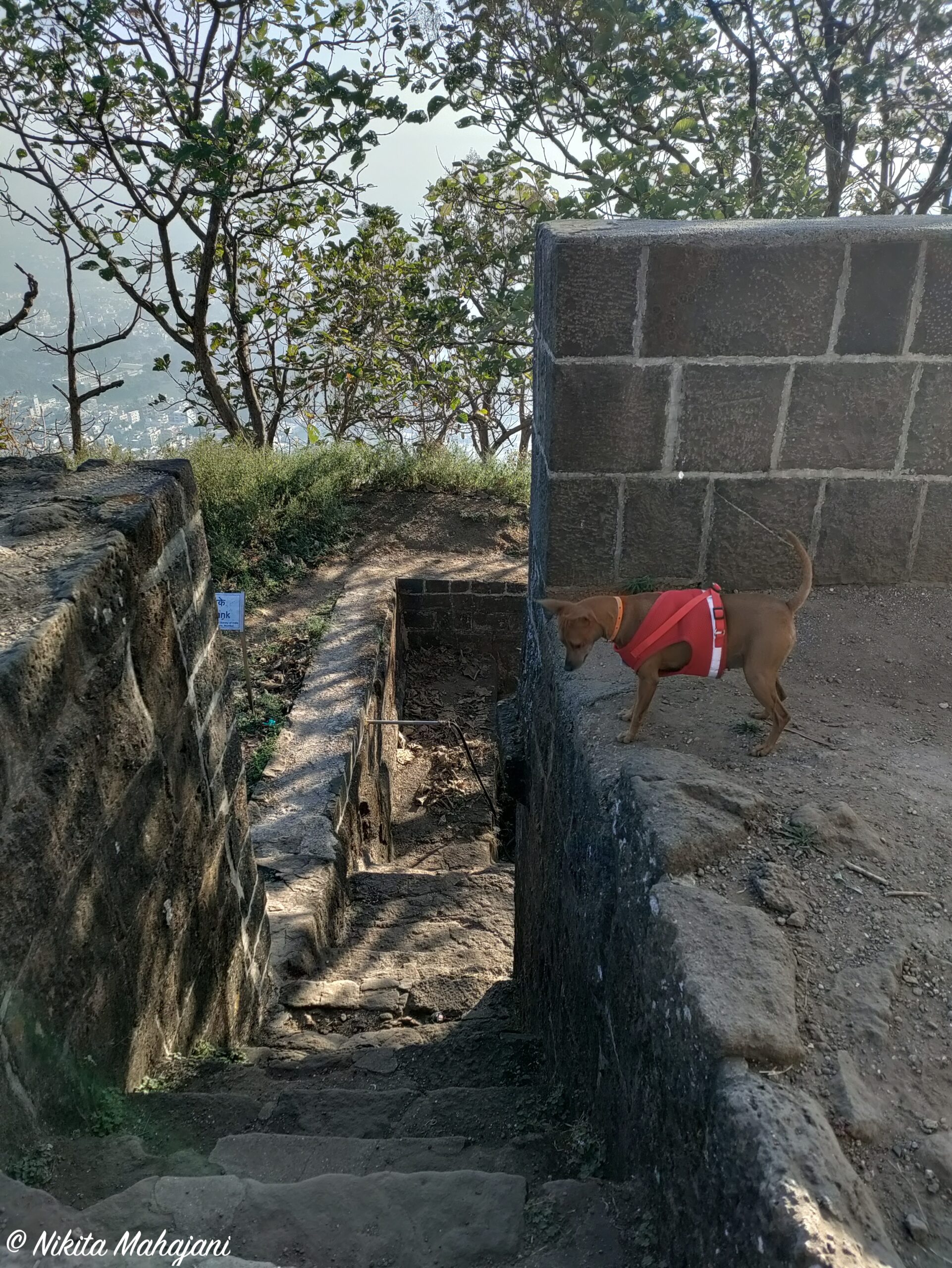
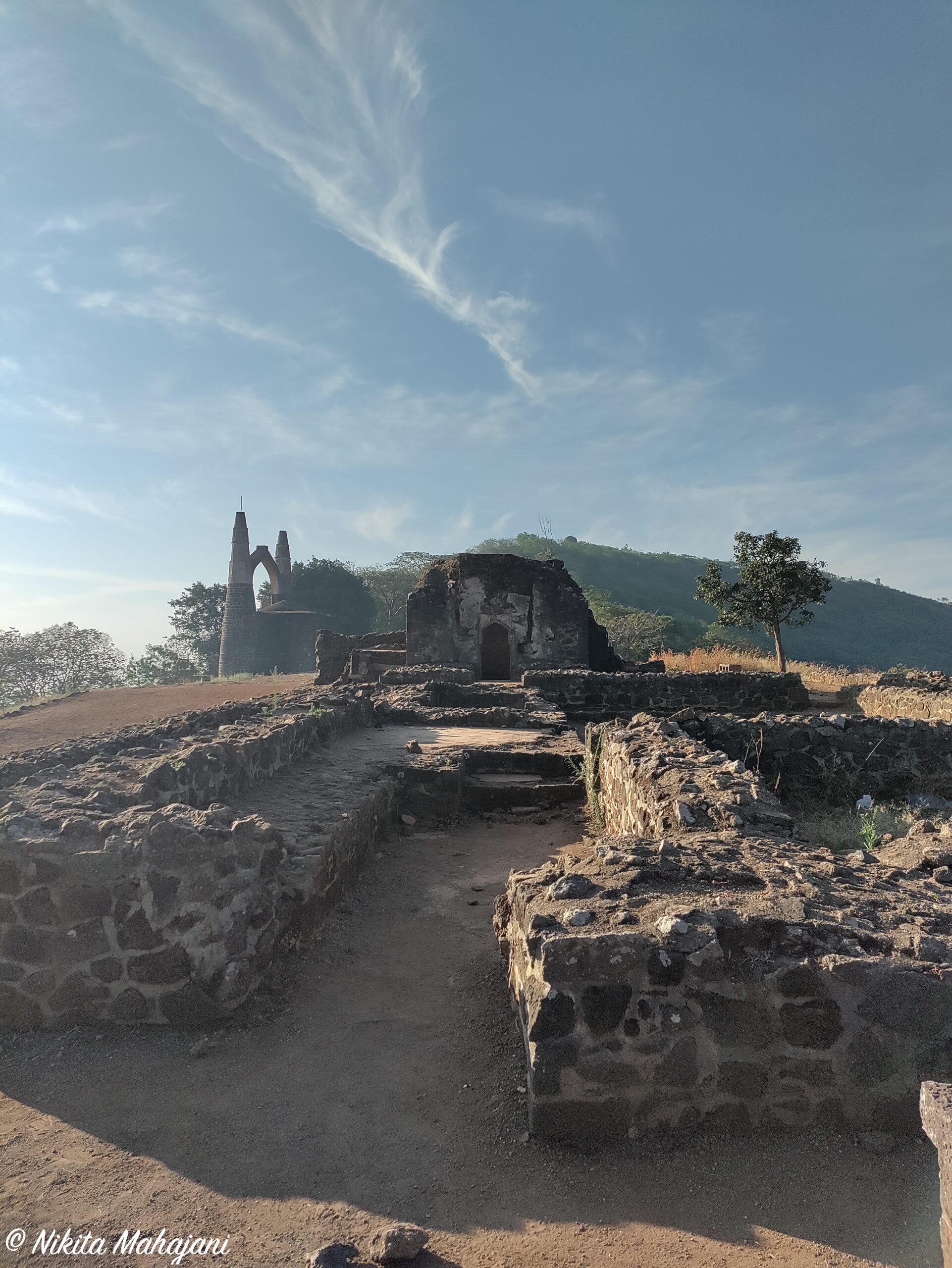
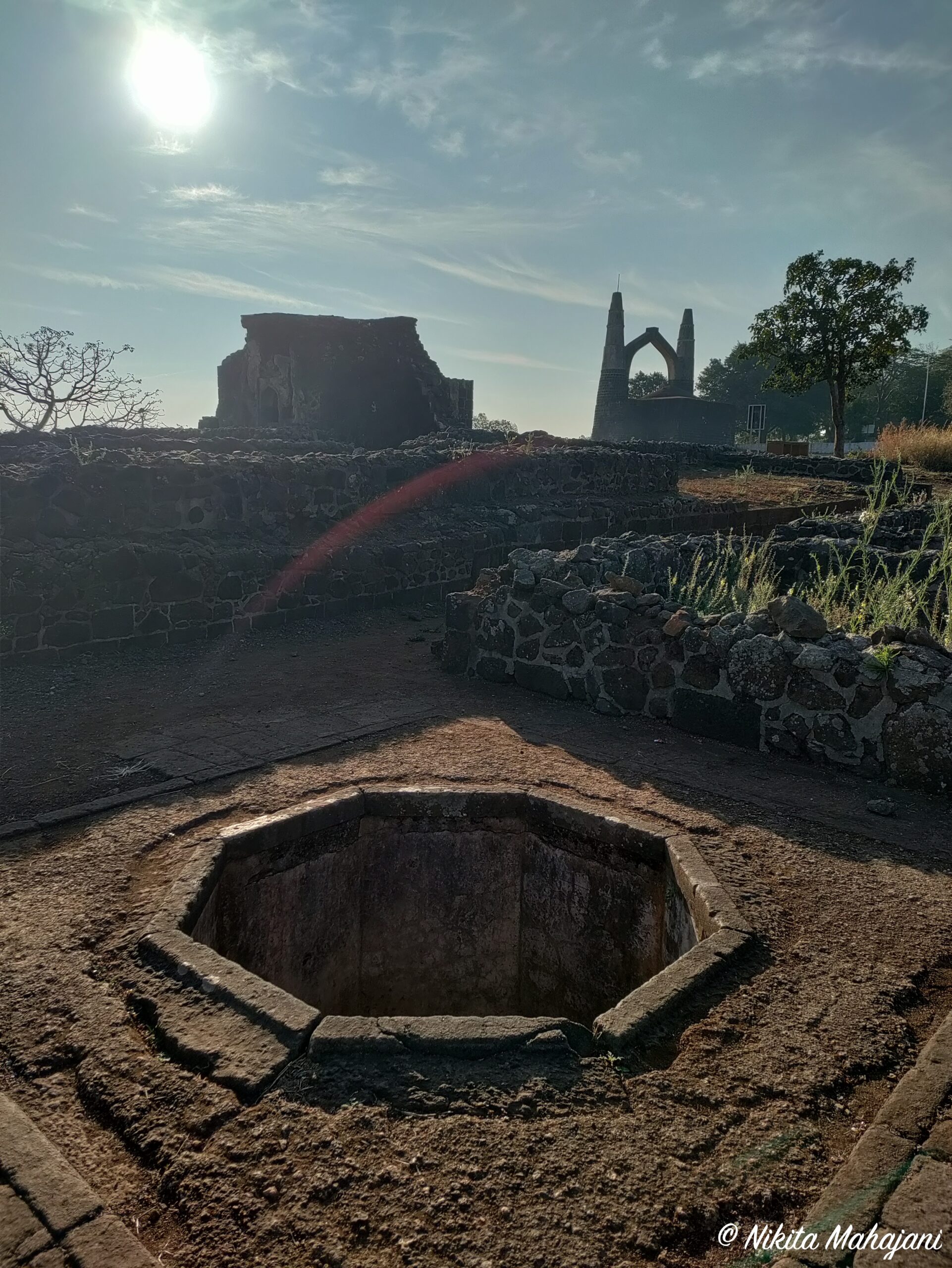
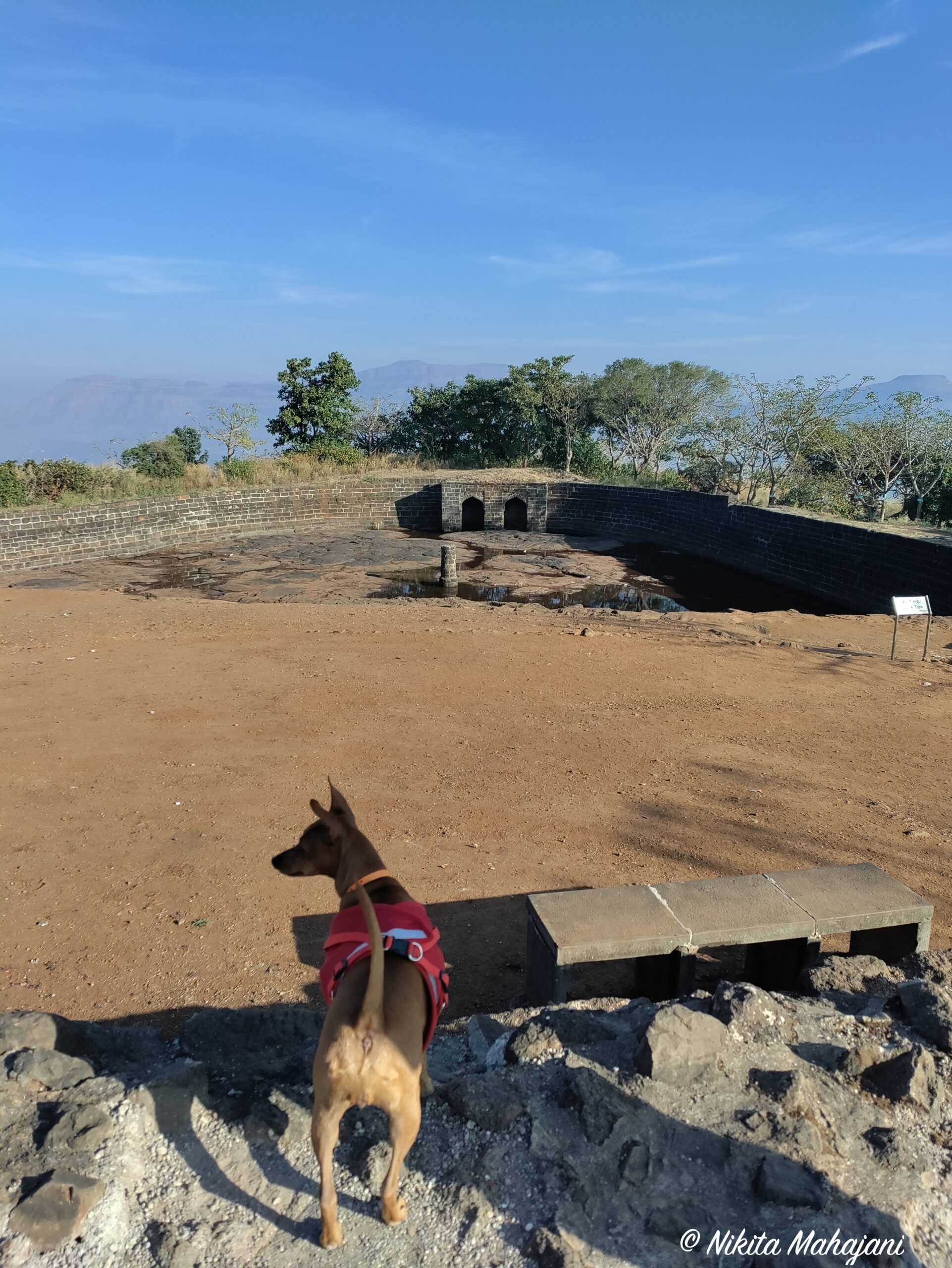
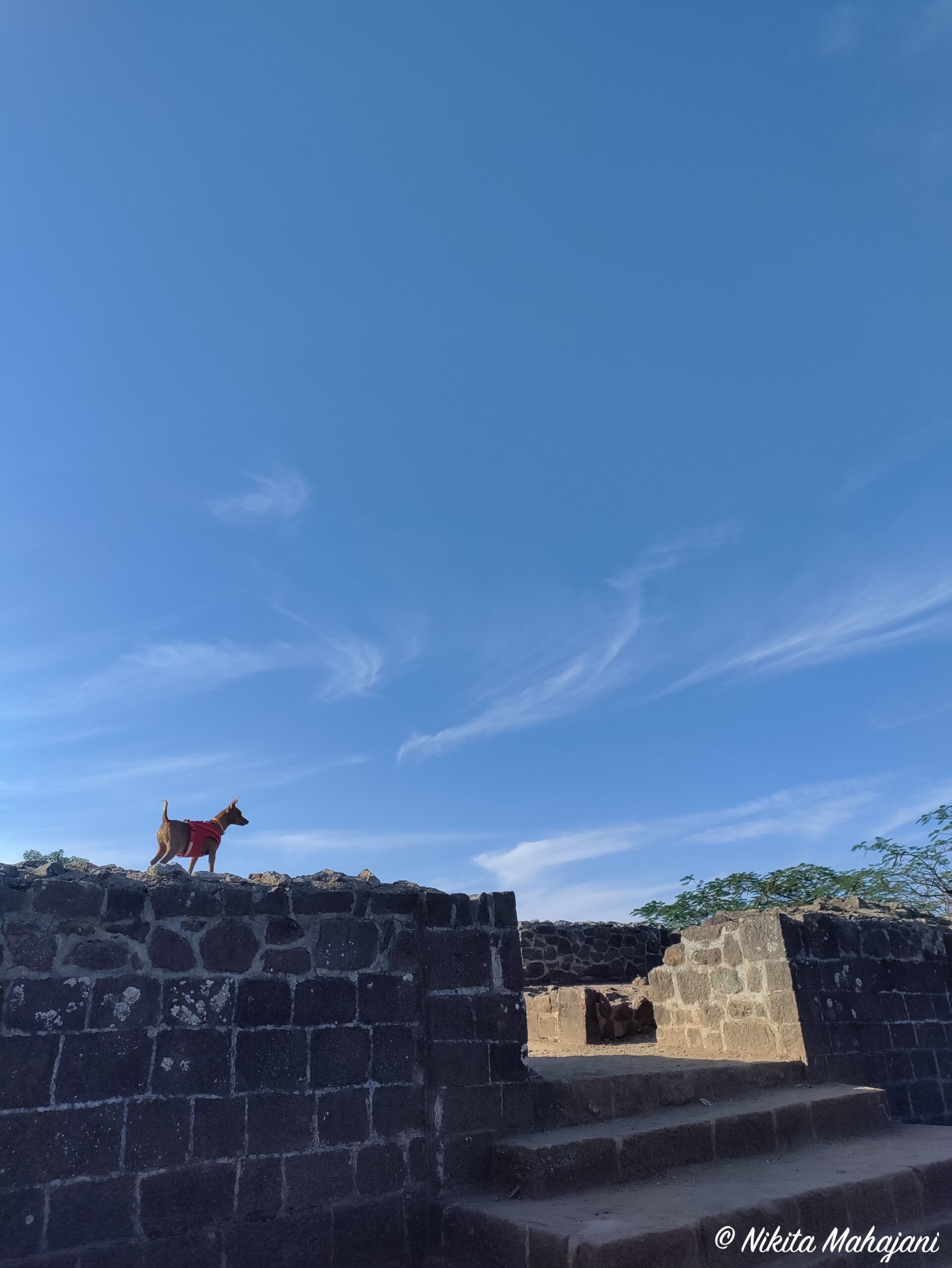
Jijabai is believed to have resided in this palace, where Chhatrapati Shivaji Maharaj was born. Locally referred to as the “Shiv Mandir,” this structure resembles a square tower and is constructed from basalt rock. It is a duplex with two floors and features three outward-protruding windows resembling balconies.
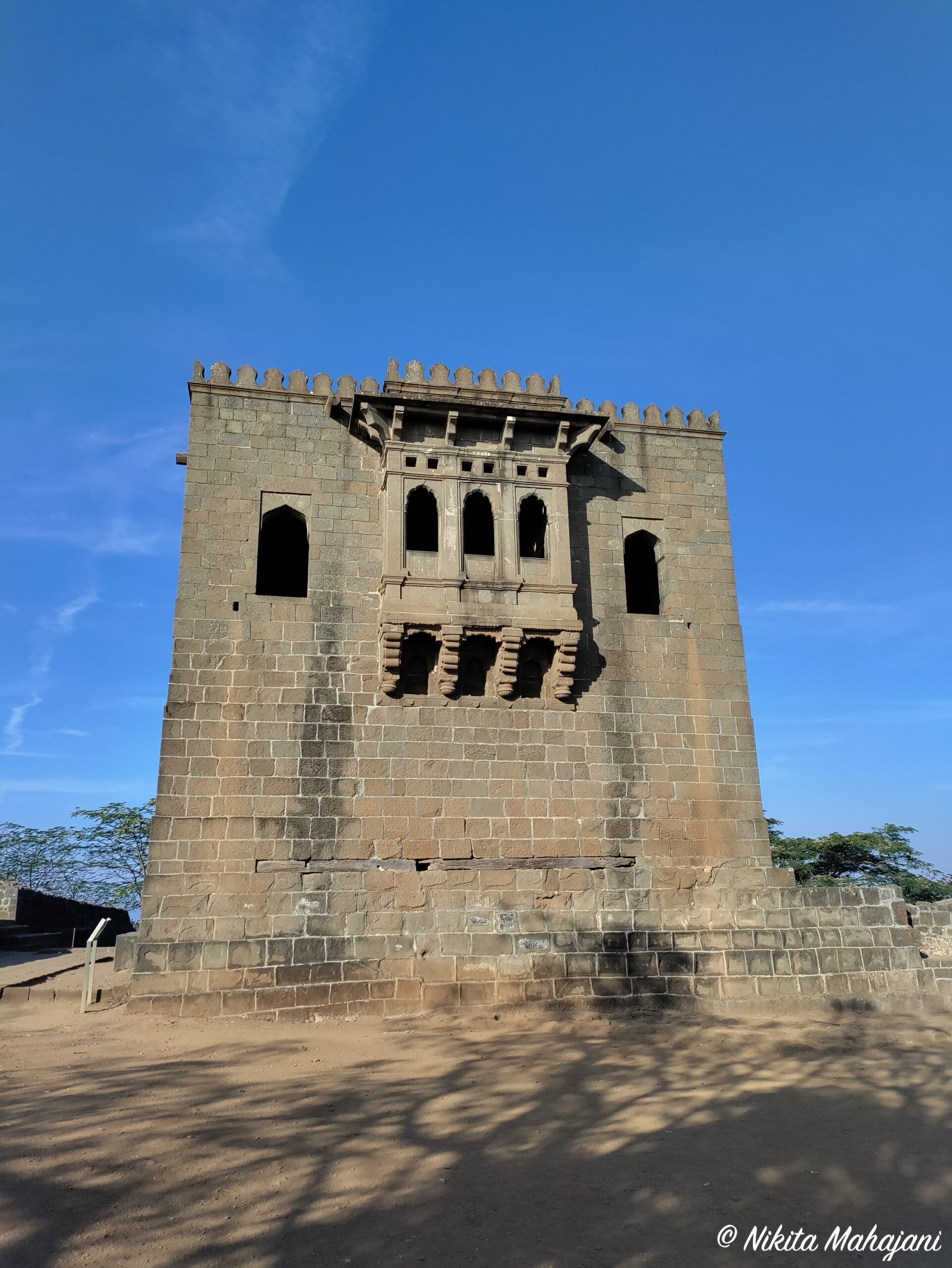
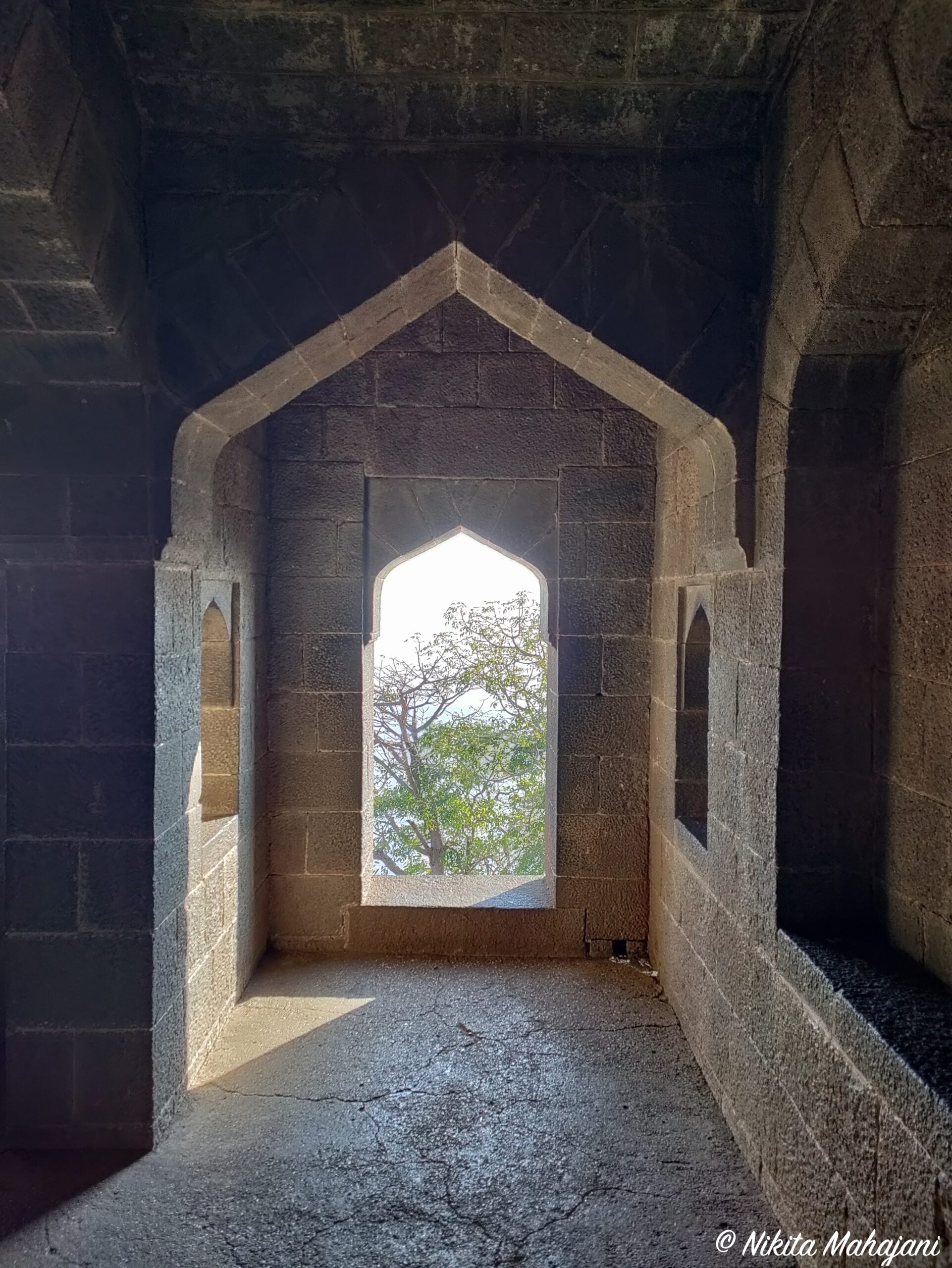
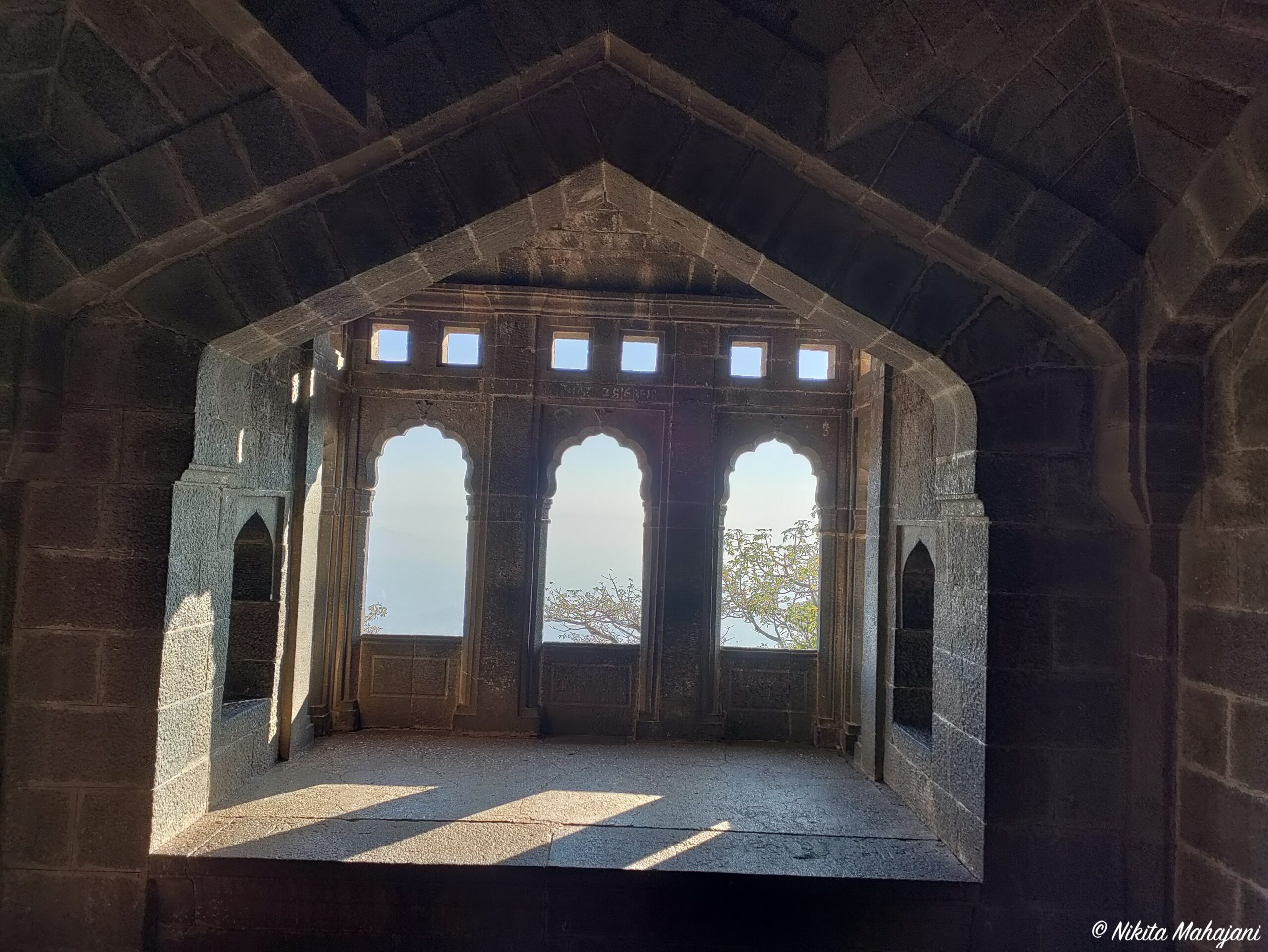
History of Shivneri Fort
Shivneri Fort boasts a history spanning over a thousand years. Initially built during the Satavahana reign (around the 1st century CE), it was primarily designed as a defensive outpost to safeguard trade routes connecting the western ports of Konkan with the Deccan interior. Over time, the fort witnessed the rise and fall of several dynasties, including the Yadavas, Bahmanis, and Nizam Shahis, before playing a crucial role in Maratha history.
Between 1443 and 1470, the Bahmani Sultanate took control of Shivneri, marking a period of consolidation. Malik Ul Tujar seized the fort from the Yadavas in 1443, incorporating it into the Bahmani administrative system. During this time, the fort’s defenses were likely reinforced, adapting to Bahmani military needs. However, internal conflicts within the Bahmani Sultanate led to temporary instability in the region. In response, Malik Mahammad, a commander under Malik Ul Tujar, reconquered the fort in 1470 to reestablish Bahmani authority.
After Malik Mahammad’s death in 1446, the Nizam Shahi dynasty emerged, ushering in a new chapter for Shivneri Fort. On February 19, 1630, Chhatrapati Shivaji Maharaj was born within its walls. He spent his early childhood there before leaving with his mother in 1632.
By 1636, the last Nizam Shahi ruler, Murtaza Nizam Shah III, had become a figurehead under the influence of local chieftains, including Maratha leader Shahaji Bhosale. The Mughals, determined to dismantle the remnants of Nizam Shahi rule, laid siege to Shivneri Fort. Despite their resistance, the fort’s defenders were outmatched by the Mughal army’s superior resources, including artillery and siege weapons. Realizing the situation was unsustainable, local commanders negotiated a surrender. In 1637, the fort officially fell into Mughal hands, marking the end of the Nizam Shahi dynasty. Shahaji Bhosale, unwilling to align with the Mughals, shifted his loyalty to the Bijapur Sultanate.
Despite continued local resistance, including a revolt by fishermen (Kolis) in 1650, the Mughals maintained control over Shivneri Fort. Chhatrapati Shivaji Maharaj attempted to reclaim it in 1673 by negotiating with the fort’s commander, Ajijkhan, and laying siege to it, but the attempt was unsuccessful. Around this time, English traveler Dr. John Fryer of the East India Company visited the fort and described it as impenetrable, noting that it was well-stocked to sustain a thousand families for up to seven years. Another Maratha attempt to seize the fort occurred in 1678 during their raids on the Junnar region but was also unsuccessful.
After nearly four decades, Shivneri Fort finally came under Maratha rule in 1716 when Shahu Maharaj, the grandson of Chhatrapati Shivaji Maharaj, incorporated it into his empire. It was later transferred to the Peshwas, becoming a significant symbol of Maratha heritage.
Following the Third Anglo-Maratha War, the fort fell under British control in 1819. By then, its strategic importance had diminished, leading to its gradual decline into obscurity.
After our morning trek, we returned to Hotel Samadhaan pure veg for lunch. It is completely pet friendly. They have private parking and washrooms. We sat in the semi open dining and had a steaming hot Dal Khichdi.
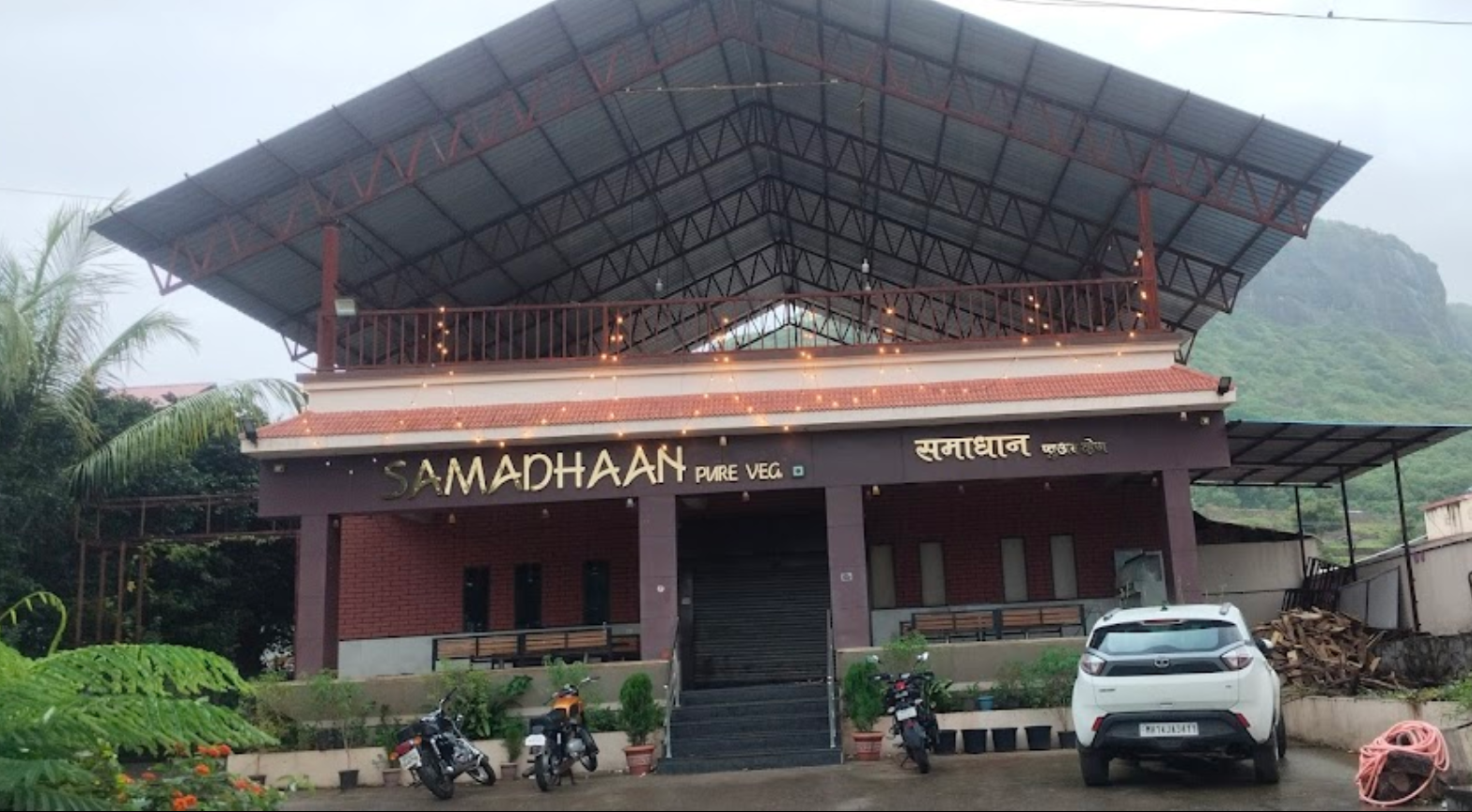
Post lunch, we continued exploring nearby historical sites of Habashi Mahal. An entry fee of Rs. 40 per person is required, though it’s unclear whether this charge is officially authorized. A signboard at the site indicates that the property is privately owned and has specific visiting rules. Currently undergoing renovation, the site appears to be used more for pre-wedding photography and videography than as a historical tourist attraction. Despite this, it is worth visiting, as there are very few similar heritage sites around Junnar city. Visitors should note that no food or water facilities are available on-site.
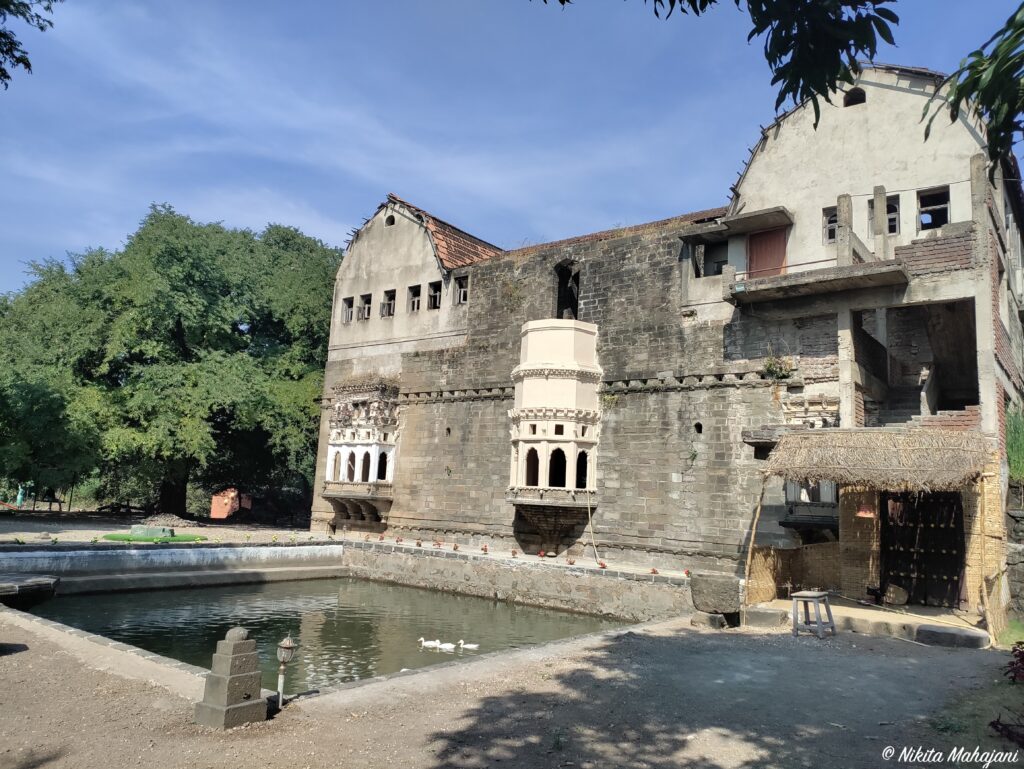
The Ethiopian (formerly known as Al Habash or Abyssinia) connection to India is linked to Malik Ambar, the Wazir of the Ahmednagar Sultanate, who migrated and settled in the Deccan. Ethnically a Mayan, an extinct group from the historical Wej province of Ethiopia, he endured multiple sales as a slave—passing through Yemen, Mecca, and Baghdad—before being purchased by Chengiz Khan, the Habashi Chief Minister of the Ahmednagar Sultanate.
According to Richard Eaton’s Malik Ambar: The Rise and Fall of Military Slavery, Ambar’s exceptional military skills enabled his rise to power. However, a series of decisive defeats towards the end of his career led to distrust and resentment within his close circle. Beyond his military influence, he was a strong advocate for education and a patron of art, architecture, and irrigation systems. His legacy is evident across Aurangabad, Ahmednagar, Junnar, and Rajgurunagar. He is also credited with reforming the Sultanate’s land revenue system, which later became a model for future administrations.
The palace at Hapusbag (also called Habashibaug) was constructed in 1590 using Deccan basalt, bricks, and lime. Built in three phases, the palace features intricately carved walls and pillars. Its square structure is adorned with jharokha-style windows on all four sides. The central hall once housed Malik Ambar’s revenue department. Two staircases, located inside the palace, lead to the upper floor, though the original stone-built steps have been replaced with modern brick ones due to ongoing renovations. The site is currently used for events and may be converted into a heritage hotel in the future. On the southern side, a hauz (water tank) was built for bathing, while a now-ruined well remains on the northern side.
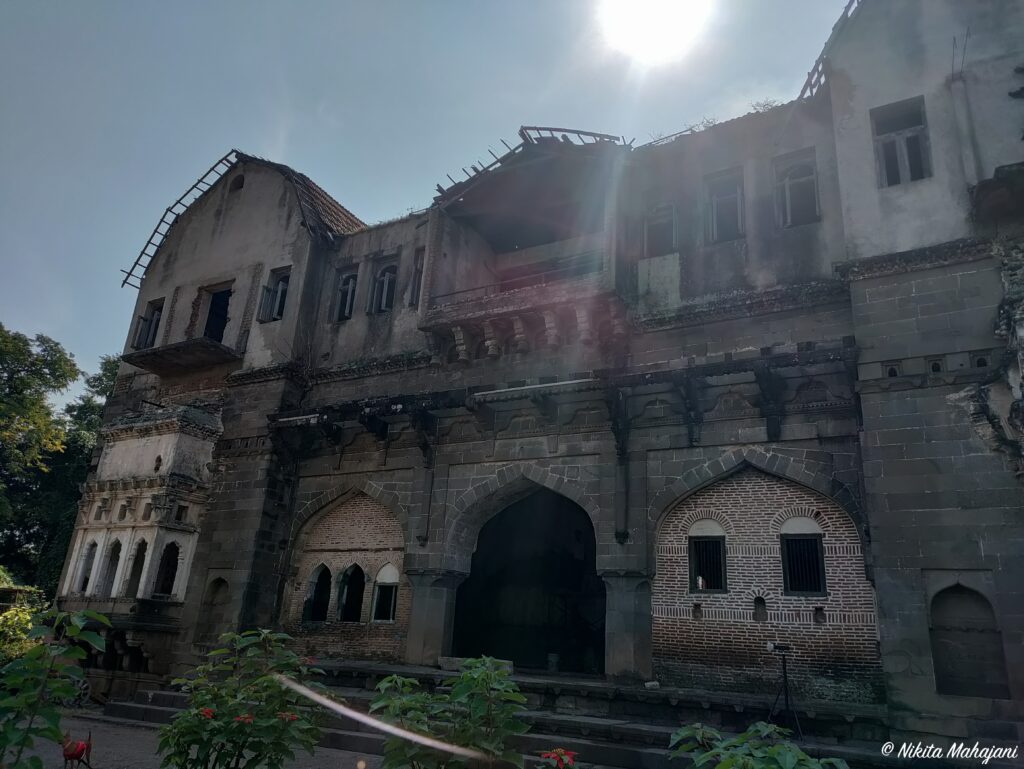
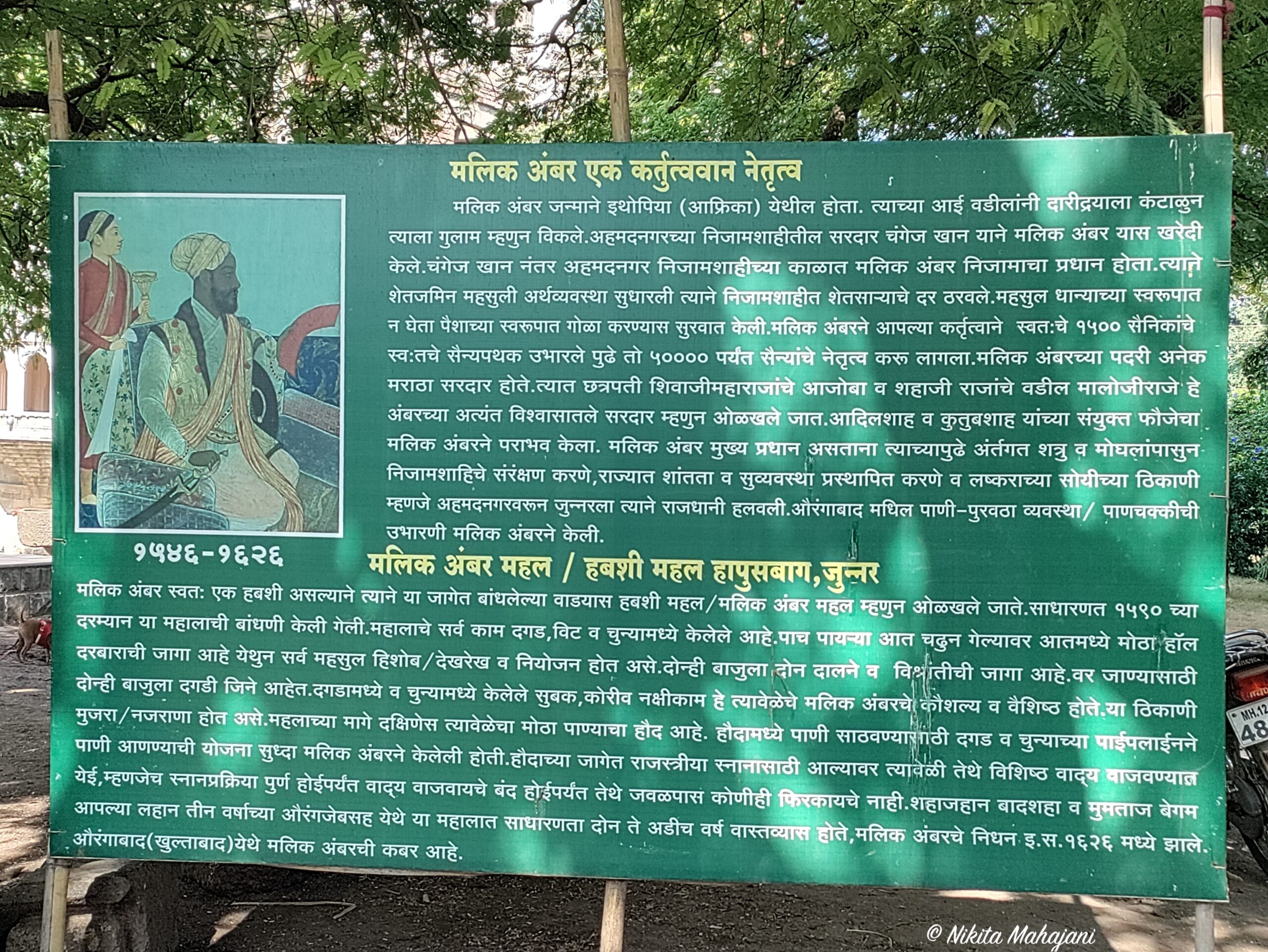
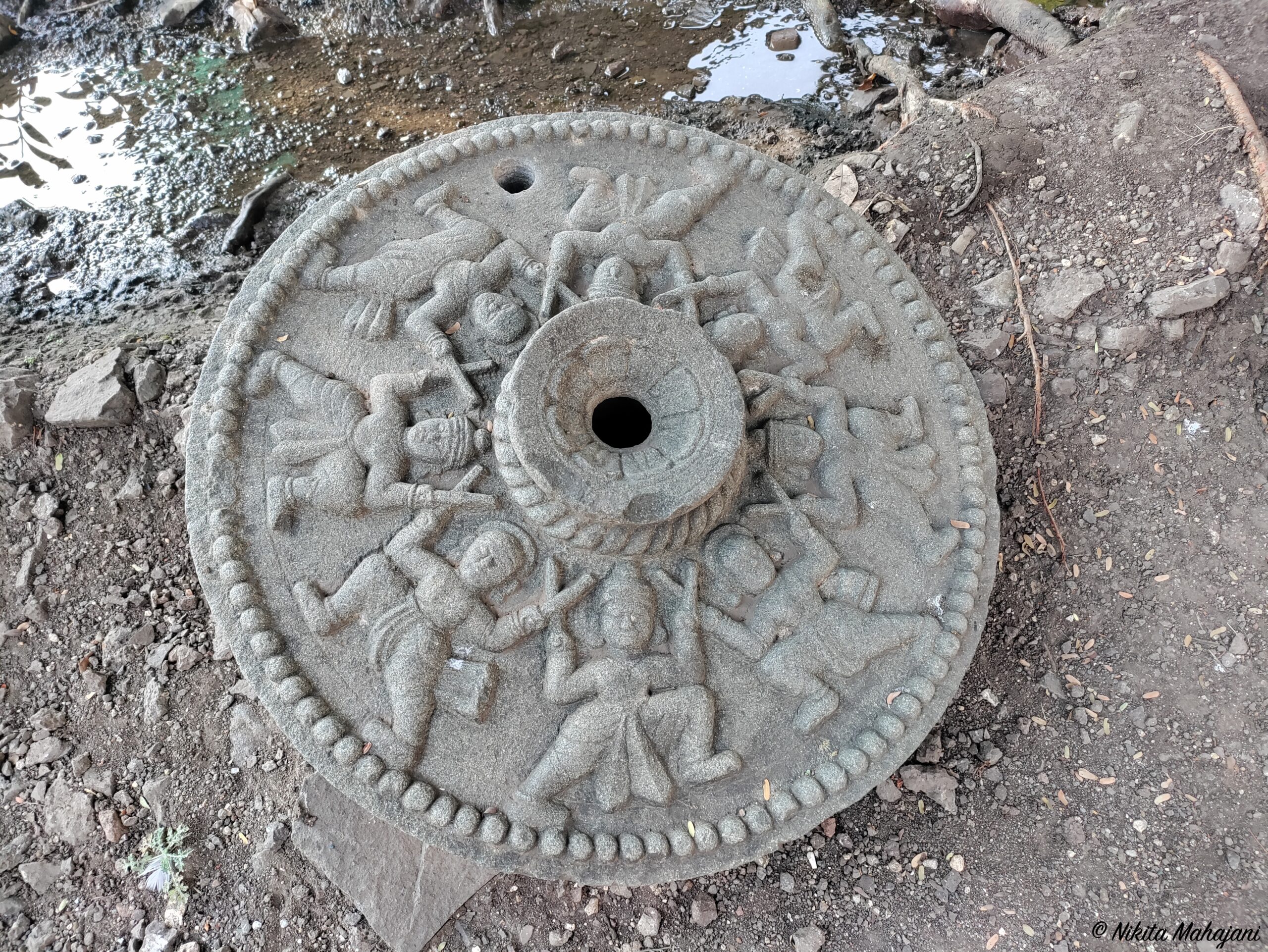
Next, we visited Habshi gumbad / Saudagar ka Gumbad. Entry is free of cost and on road parking is available. The road leading to this monumnet is quite narrow and there are few visitors here.
The tomb, known as Saudagar ka Gumbad (literally “Merchant’s Tomb”), is situated in Hapus Bagh, a name derived from Habshi Bagh or possibly Afiz Bagh. This area contains the remnants of a palace built by Malik Ambar, the esteemed Habshi Wazir of the Ahmednagar Sultanate (Nizam Shahis). The tomb itself lies west of the palace, approximately a kilometer away.
Little is known about this elegant tomb or the individuals buried within it. Even the name Saudagar (merchant) seems to be more of a local legend than a fact supported by historical records. The tomb stands amidst agricultural fields, requiring visitors to navigate through overgrown sugarcane crops to reach it. Positioned on an elevated plot within a raised enclosure, the structure follows a square layout. The squinches, though prominent, do not extend all the way to the ground. Each façade is divided into three sections, creating a series of pilasters from which the squinches emerge. The main entrance on the southern side features intricate ornamentation, while the remaining arches are blind.
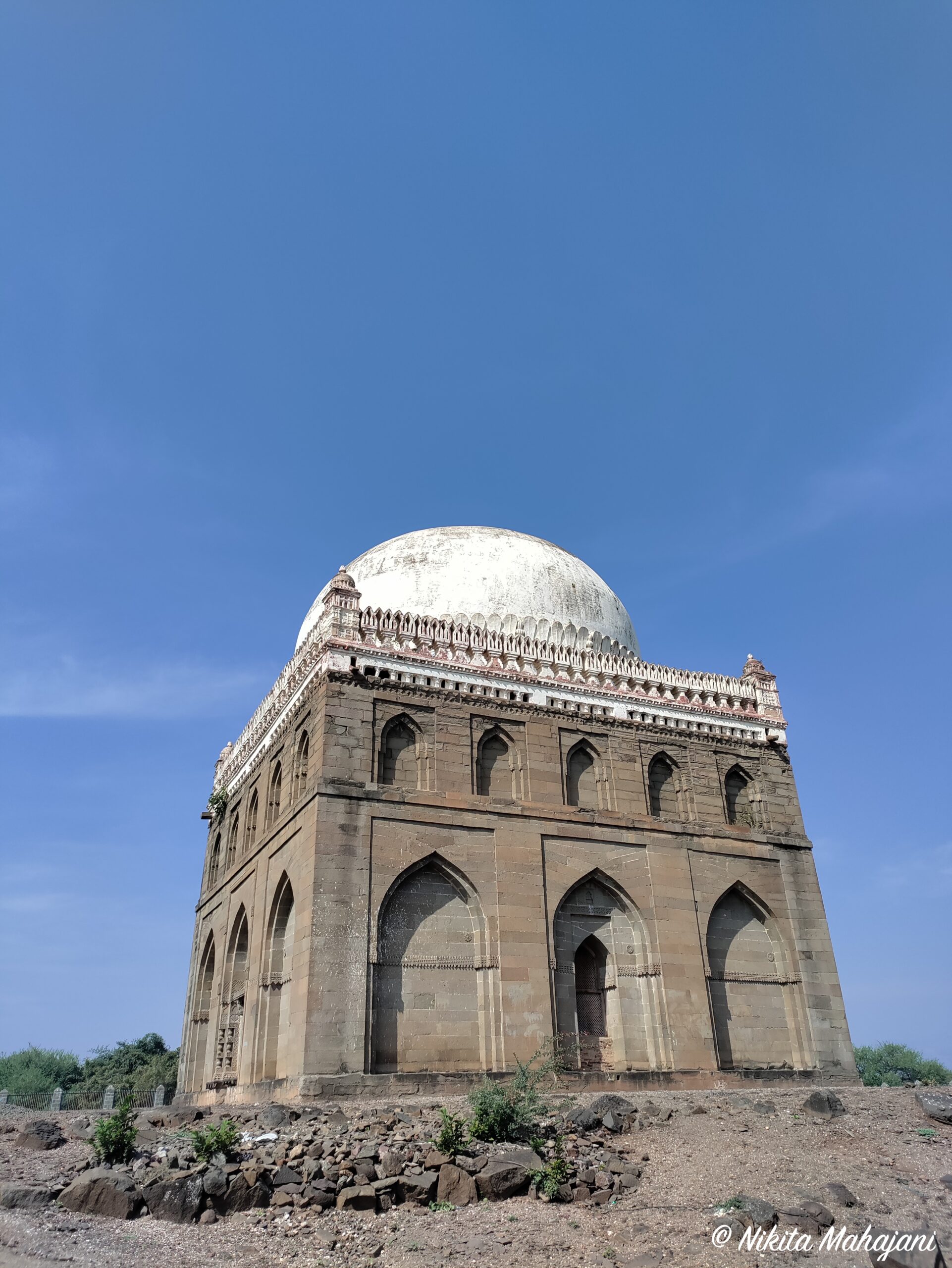
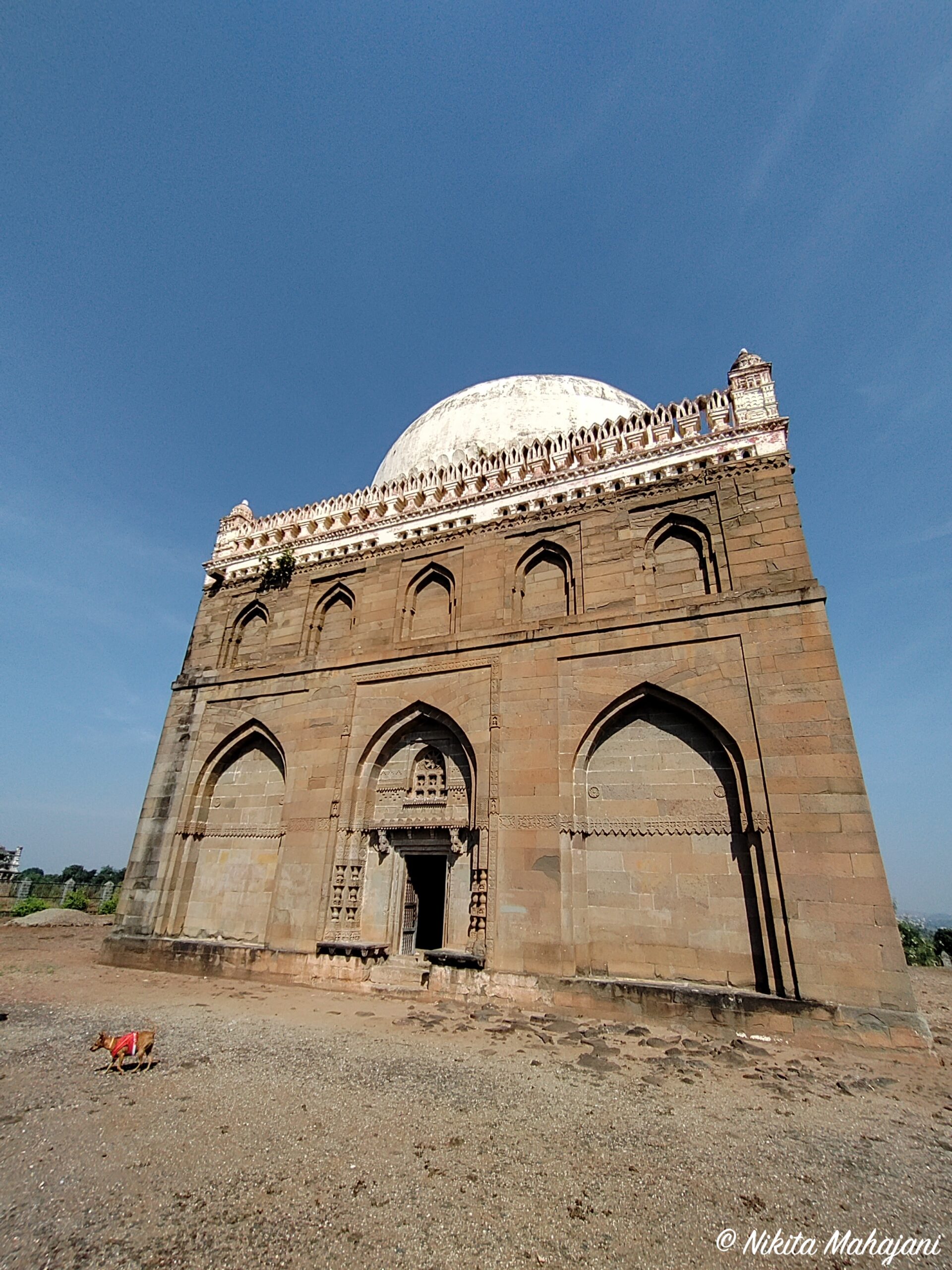
Within the fenced complex lies a small, intriguing tomb with a pyramidal dome, resting in quiet solitude. It is one of only two such tombs in Junnar featuring a pyramidal dome. The other, located closer to the city, is in a similarly deteriorated condition but attracts more visitors as it serves as a Dargah.
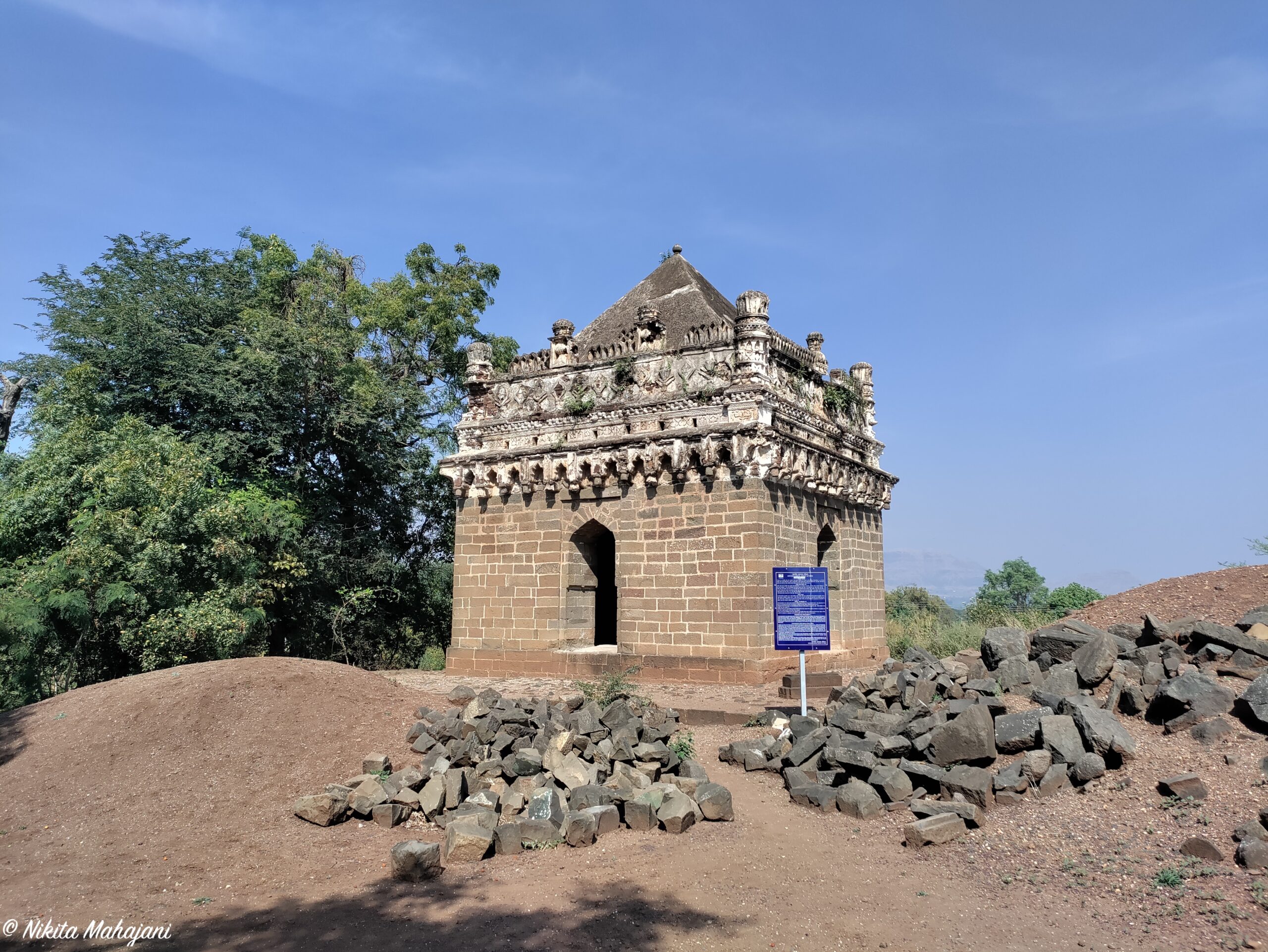
We went back to Mayurangan Resort, Junnar in the evening. After enjoying a relaxed evening in the resort, we went walking to Hotel Samadhan pure veg, Junnar for dinner.
To read the next blog on Junnar-Jawhar-Nashik Day 2&3 click here
Where did we stay?
Mayurangan Resort, Junnar
Prakriti Agro Farm Resort, Jawhar
Raghunandan Resort, Nashik

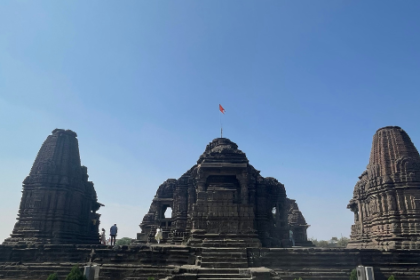
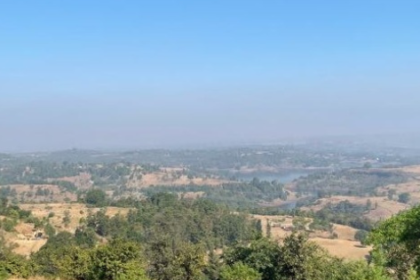
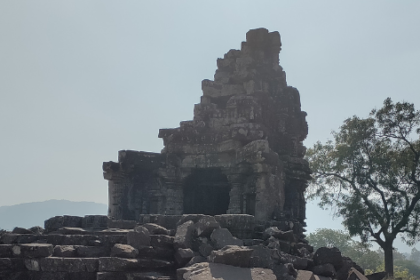
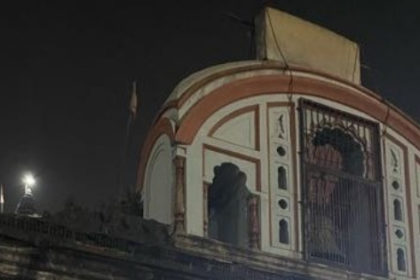
[…] To read the previous blog on Junnar-Jawhar-Nashik Day 1 click here […]